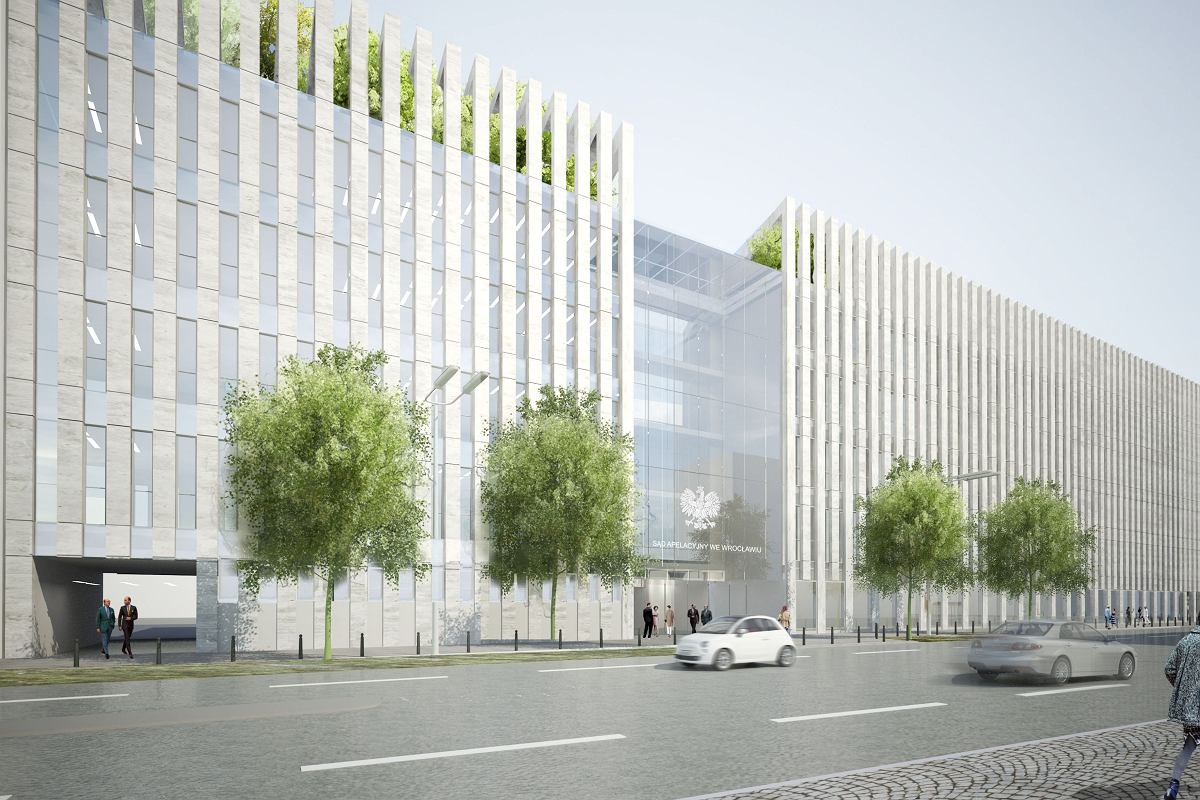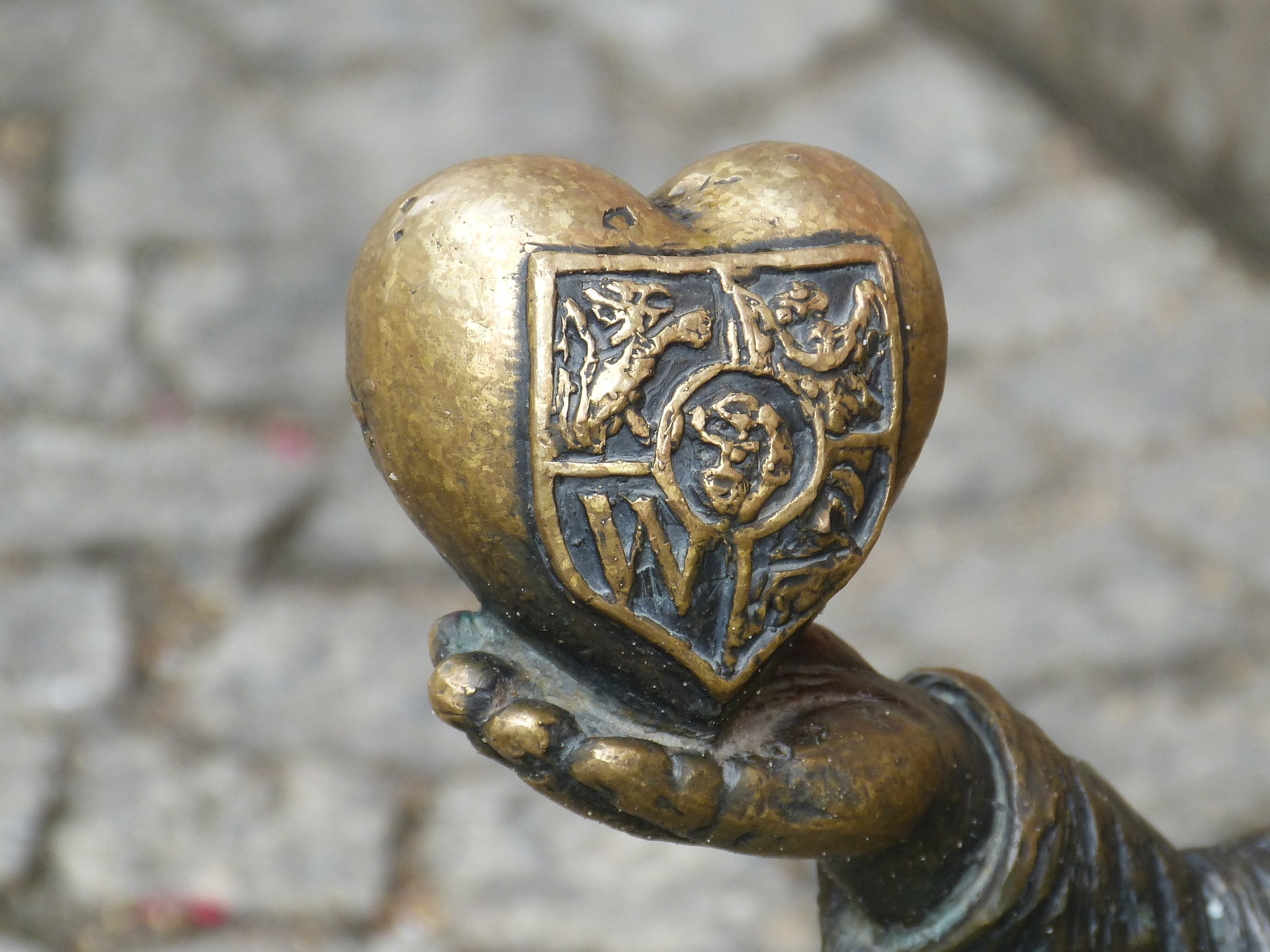
In the month of April 2024 the SimpliVi project was invitied for a study visit to the Court of Appeal Wrocław. The Court of Appeal accomodates the Center for Competence and Digitalisation of the Judiciary (Centrum Kompetencji i Informatyzacji Sądownictwa), which provides various digitalisation services for courts in Poland - including videoconferencing solutions. These solutions and the Polish approach to videoconferencing surfaced many interesting insights, which can be seen as best-practise examples for other countries.
In general, the Polish approach to videoconferencing is very advanced and at the same time very balanced in terms of return on investment. Also, the Polish practitioners seems to follow a very pragmatic approach when it comes to various impediments. Main findings are:
• There is a solid legal bases for videoconferences in civil law. For criminal law such a legal basis is well needed and currently under discussion (e.g. currently allows only court to court hearing).
• PL interviews witnesses outside the country via VC, but only if the witness voluntarily participates and the parties do not object.
• In civil law cases the remote participants can basically participate from anywhere, but it must be a “respectful” location.
• A court clerk is present at each hearing for the orchestration of the videoconference but especially for managing the electronic recordings.
• Electronic audio recordings serve as the official minutes.
• A lobby room/waiting room function is available. It is used for witnesses to wait there. But it is also used by judges (esp. senates) to discuss internally.
• Time zones can create confusion, more likely within Europe where differences are unexpected. With with e.g. China or USA the time difference is obvious.
• The technical VC equipment for a standard court room is well considered. PL is experimenting with different solutions to optimise the setup and run therefore several projects to find even better solutions (e.g. number and position of cameras, microphones, etc.)
• Audio quality is essential for the understanding in general, especially for translations and also for automatic transcript of recordings. Additionally, there is the problem of the language barrier in cross border cases. The audio quality is essential for interpretation.
• Main technical solution is JITSI which is integrated with the e-Recording tool, the case management system and the link generator. Other tools are available but not as nicely integrated. E.g. Equinox for large VCs and also for VCs with other systems as it supports H.323.
• The judge has 2 screens, one for the VC panel and one for the e-file system.
• Test rooms are available 24/7.
• Local support and support hotline are available.
Poland is also investigating minor improvements, which still help to support a smooth videoconference, such as:
• When holding a videoconference, the participants do not need to stand up while testimony or the announcement of the judgement. Otherwise their face would be out of the camera range.
• A clock on the screen indicates that a recording is going on.
• Links to VCs are sent by e-mail (mandatory for applications). The link contains date + time + case number to easier identify the correct link.
In general, the interviewees mentioned that videoconferencing in Poland is a significant success story because Poland is a big country. Additionally, they mentioned that "Polish people like to go to court" and videoconferencing supports the efficient handling of court cases.
In conclusion, the SimpliVi partners have seen a great number of improvements to videoconferencing, which are based on a long-term experience as well as a continuos effort to further improve the videoconferencing solution from legal, organisational and technical aspects.
by Mathias Maurer



